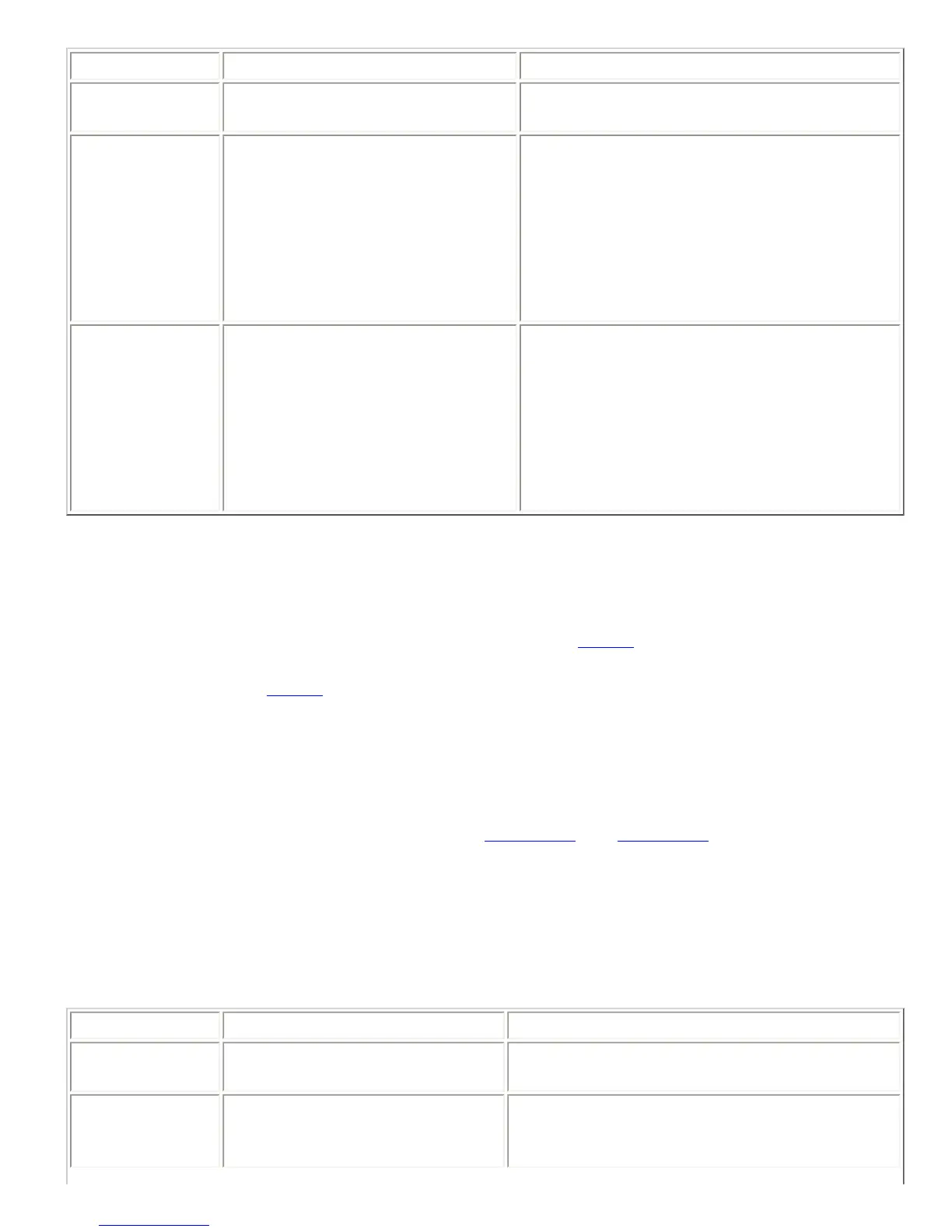Example Description Status Message
Q01FADERGIL7
Set fader gain of all line inputs to 7
dB.
Q01FADERIA7
Q01FADERIB7
Q01FADERGIL>3
Increase fader gains on all line
inputs by 3 dB.
Q01FADERIAa
Q01FADERIBb,
where a and b are the new values of the
fader gains for each of the line inputs. If this
command was issued after the example
above, then the status messages would be:
Q01FADERIA10
Q01FADERIB10.
Q01FADERGIL?
Query fader gains on all line
inputs.
Q01FADERIAa
Q01FADERIBb,
where a and b are the new values of the
fader gains for each of the line inputs. If this
command was issued after the example
above, then the status messages would be:
Q01FADERIA10
Q01FADERIB10.
8.43. FADERI -- Set Input Gain Fader
The input channels of the Vortex pass through an analog gain stage before reaching the analog to
digital converter. The gain of this stage is adjustable via a the GAINI command. Once in the digital
domain, there is an additional gain stage, referred to as a fader. The fader gain is adjustable by the
FADERI command. The
GAINI setting should be used for calilbration in order to maximize the
resolution and quality of the signal at the analog to digital converter. The FADERI command is
provided as a way to do volume control on the inputs without affecting the calibration.
This command was introduced in firmware version 2.5.0.
This command is a channel integer command. See
Section 6.3 and Section 6.2 for more information
on this type of command. The minimum and maximum values for this command are -100 and 20,
respectively.
This command is saved to non-volatile memory only as part of a preset. The state of this command
will be restored after power-up only if a preset is saved and that preset is set to be the power-on
preset.
Example Description Status Message
Q01FADERIA10
Set fader gain on input A to 10
dB.
Q01FADERIA10
Q01FADERIA?
Query the fader gain on input A.
Q01FADERIAx , where x is a number between
0 and 30, depending on the current setting of
the fader gain on input channel A.
